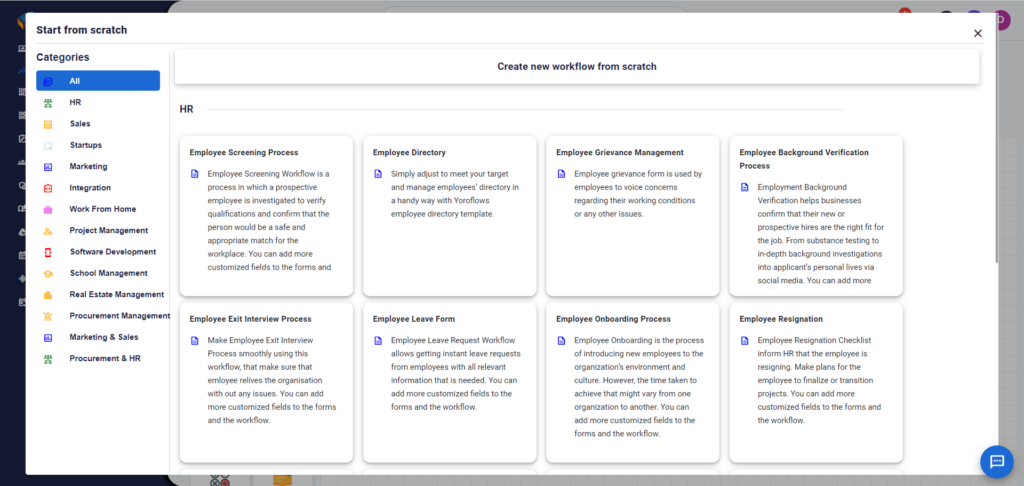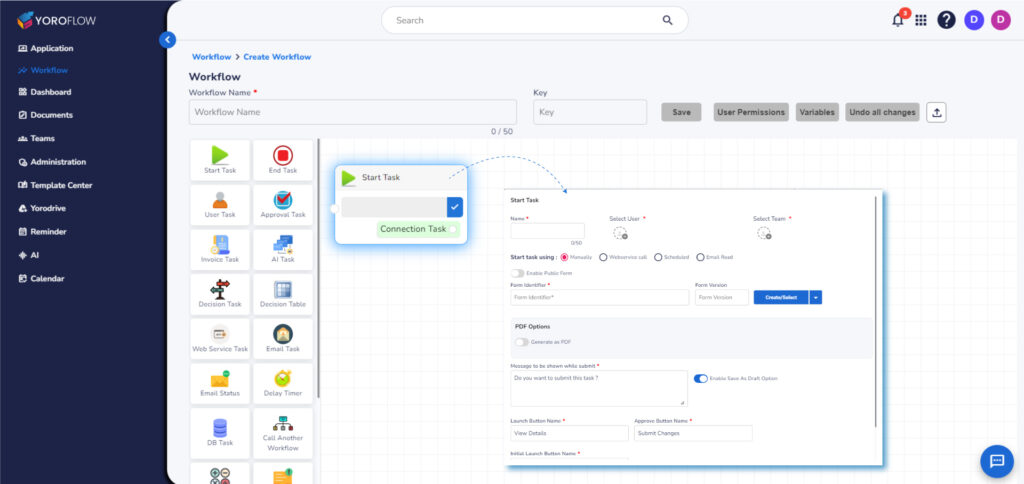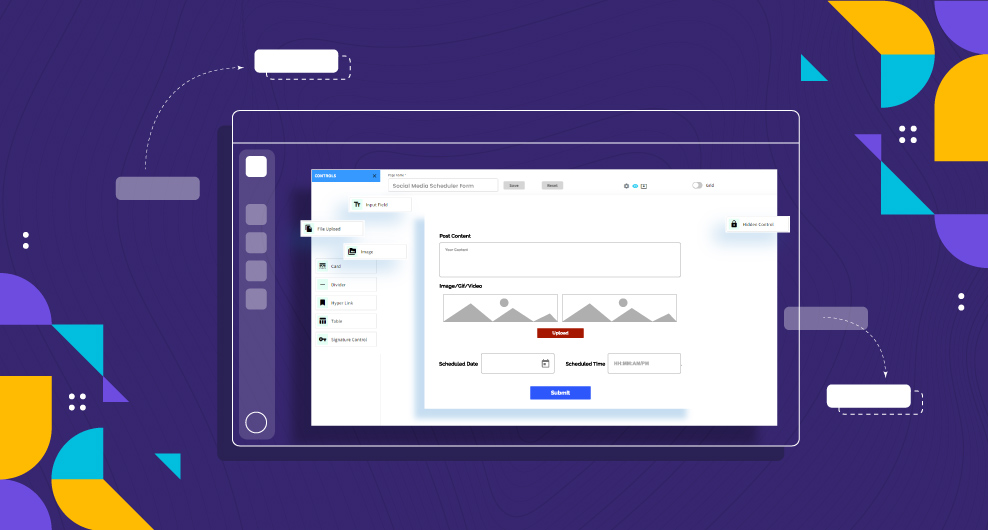Table of Contents
In the digital world businesses are growing rapidly and the demand for software and applications are also increasing rapidly. With the traditional development processes, which need deep coding knowledge, businesses are struggling to face this high demand.
To face this rising demand, businesses are looking for an alternative solution and here comes the no-code application development platform. This no-code movement has made app development accessible to all, empowering those with limited coding experience to craft robust and advanced applications.
In this article, we will delve into What no-code platform is, rise of no-code application development platforms, benefits of no-code platform for non-techies, and challenges in no-code platform.
What is a no-code platform?
A no-code platform is a software development environment that enables app development without the need for coding or programming knowledge. These platforms typically provide a visual, drag-and-drop interface that allows users to design, customize, and deploy applications quickly and easily.
No-code platforms are designed to be user-friendly and accessible to non-technical users, such as business analysts, project managers, and citizen developers. They offer a wide range of pre-built components, such as templates, forms, tables, and charts, that users can easily customize and configure to meet their specific needs.
Rise of no-code application development platforms
The increasing demand for application development is the primary driver behind the rise of no-code application development platforms. As businesses focus more on digital transformation, the need for personalized applications has grown significantly. No-code platforms have emerged as a solution, enabling entrepreneurs to create applications that cater specifically to their business requirements without the high costs typically associated with custom development.
The rise of no-code application development platforms has been transformative for businesses and individuals. These platforms empower citizen developers to build sophisticated applications without the need for coding knowledge, democratizing the app development process and making it accessible to a broader audience.
Benefits of no-code platforms for non-techies
Among the various no-code development platforms, Yoroflow is one example. Yoroflow offers numerous benefits for non-technical users in developing applications and streamlining the workflow with the help of pre-defined templates, forms, and other components which enhances the efficiency of citizen development.
- Ease of Use: No-code platforms typically have a user-friendly interface with drag-and-drop functionality, making them accessible to non-technical users.
- Speed: Since no-code software eliminates the need for coding, the development process is significantly accelerated, allowing non-techies to create applications quickly.
- Accessibility: No-code platform is an open application development platform, which offers a wide range of accessibility of pre-defined components like templates, forms, tables, and charts.

- Cost Savings: By enabling non-techies to build their own applications, businesses can reduce their reliance on expensive developers and IT resources, resulting in significant cost savings.
- Customization: No-code platforms offer a wide range of pre-built components that workflow builders can easily customize the workflow of the application, in which each task can be customized by changing the properties.

- Empowerment: No-code platforms empower non-techies to take control of their own app development, reducing reliance on IT departments and external developers.
Challenges in no-code platform
Despite their many benefits, no-code platforms also come with some challenges:
- Limited Customization: No-code platforms frequently utilize pre-built components, templates, and features that might not provide the required level of customization for applications. The platform’s capabilities may restrict advanced customization options, potentially leading to a compromise between ease of use and flexibility.
- Scalability: No-code applications, constructed from pre-built components, may encounter performance limitations or scalability hurdles when confronted with high traffic or substantial data volumes. Furthermore, no-code solutions might lack certain optimizations attainable through manual coding. As a business expands, no-code platforms may not always scale effectively. With the growth in application complexity and size, the platform’s limitations may become increasingly evident.
- Integration: No-code platforms may not provide the requisite complexity or advanced features for certain applications. Integration with third-party services might also be restricted, limiting the utilization of external data, APIs, or other resources. Furthermore, no-code platforms may not always integrate seamlessly with existing systems and applications, posing challenges in connecting with other tools and services.
- Security: No-code platforms might not consistently provide the same security level as traditional development methods, which can be a concern for businesses handling sensitive data or with strict security requirements. As with any technology, security is paramount. Some no-code platforms might prioritize ease of use over stringent security standards. It’s crucial for businesses to thoroughly assess platforms to ensure they comply with industry-best security practices and guidelines.
- Dependency on the Platform: Users of no-code platforms may become dependent on the platform and its features, making it difficult to transition to traditional development methods if needed.
Looking for the best no-code platforms?
Here comes the solution. Yoroflow, a no-code platform for building fast powerful applications with more efficiency. It offers a lot of features like pre-defined templates, forms, tables, charts, workflow management, customized task properties, and report dashboards.
Overall, Yoroflow is a powerful no-code platform that helps non-technical users to build their own customizable applications as per their requirements.




